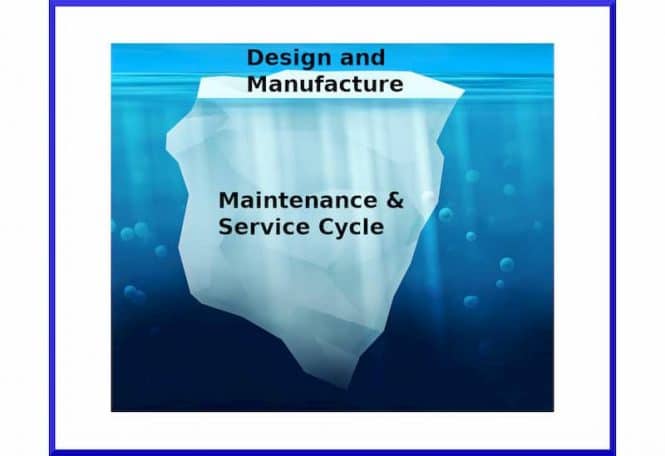
Kiosk Update and Management Case Study
Every successful kiosk project requires maintenance, updates and upgrades. Here is a good example of wanting to migrate the Windows version to the latest windows version for maximum support, reliability and security.
Milestone achieved! We just successfully migrated 1,176 kiosks from Windows 8 to Windows 10 for remotely! A huge technical achievement for our team.
These ACRELEC kiosks are 5 years old, and honestly, they’re ready to go for another 5 years.
When people ask why our kiosks might be more expensive than others, it’s simple:
– Minimal downtime
– Exceptional performance even after years of use
– Seamless integration of peripherals, drivers, and system stability
– Remote OS support & migrations (like this one) without the cost of on-site visits
– Even sometimes PC upgrade kits, even for kiosks that are 10 years old!
Investing in quality means long-term reliability and lower costs over time.
I would like to highlight the commitment on this project of Norbert ELEUTERIO, Kolin Jozwiakowski, Samuel MALKA , Lucian Sevastru for his amazing support and Acrelec Software (Romania) dev team and infrastructure team for their support in general in this project
More Posts on Kiosk Maintenance
- Understanding Soft and Hard Services
- “ I’m looking for a way to efficiently scale field service, maintenance …
- Kiosk Price & Kiosk Cost – How Much Does A Kiosk Cost?
Resources
- McDonald’s Kiosk – ACRELEC World Leader
- Popeyes Chicken Kiosk Locations in Prague Thanks To ACRELEC
- Wendy’s Kiosks Deployed ACRELEC
Kiosk Management:
– Conduct regular physical inspections of the kiosks to detect any hardware issues such as screen damage, peripheral malfunctions, or connectivity problems.
– Schedule routine maintenance to clean and service the kiosks, ensuring they remain in good working condition.
- Regular Updates:
- Ensure that the operating system and any kiosk software are up to date. This includes security patches, feature updates, and bug fixes1.
- Update the content displayed on the kiosks to keep it relevant and engaging for users.
- Monitoring and Reporting:
- Use kiosk management software to monitor the health and status of your kiosks. This can include checking for hardware issues, software crashes, and network connectivity.
- Generate regular reports to track usage patterns, performance metrics, and any issues that need addressing.
- Security Management:
- Implement security measures such as antivirus software, firewalls, and secure user authentication to protect against unauthorized access and malware.
- Regularly review and update security policies to address new threats and vulnerabilities.
- Content Management:
- Periodically review and update the content displayed on your kiosks to ensure it remains current and relevant. This can include promotional materials, informational content, and interactive features.
- Use content management systems to schedule and automate content updates.
- User Feedback:
- Collect feedback from users to understand their experience and identify areas for improvement. This can help in making necessary adjustments to enhance the user experience.
- Hardware Maintenance:
- Perform regular physical inspections of the kiosks to check for any hardware issues such as screen damage, peripheral malfunctions, or connectivity problems.
- Schedule routine maintenance to clean and service the kiosks, ensuring they remain in good working condition.
